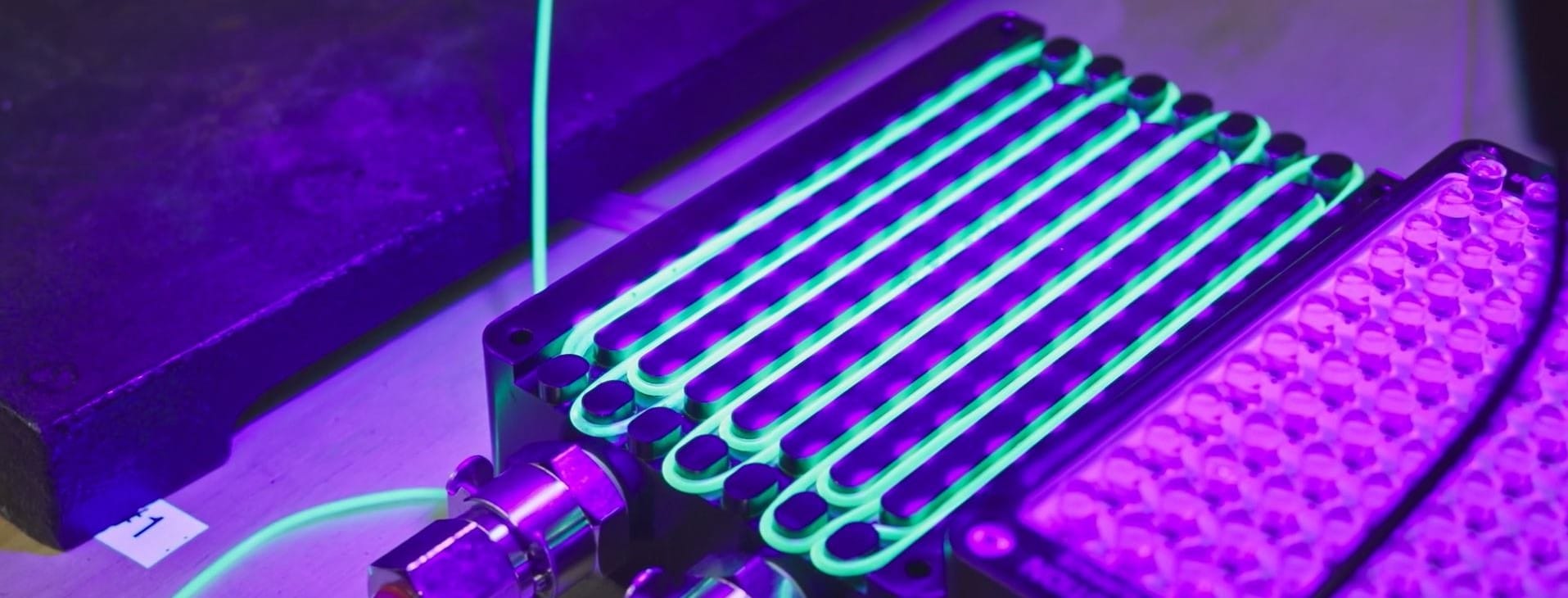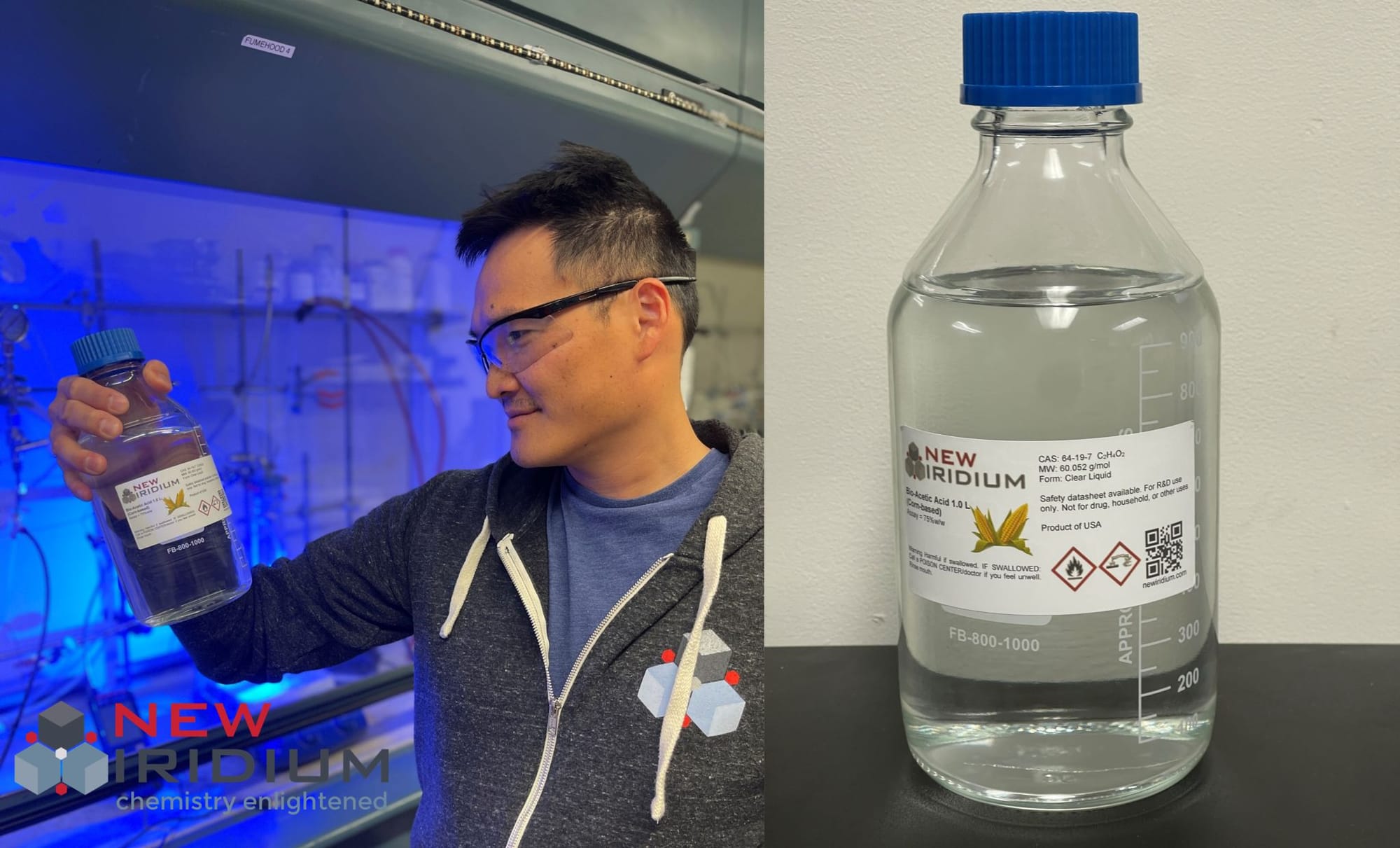#36 - Enlightening chemistry with photocatalysis

Heat & CO2, the chemical industry impact
The chemical industry often comes under scrutiny for its pollution, yet its role in contributing to climate change is frequently overlooked. Chemical production requires high energy inputs and generally emits significant amounts of CO2.
Steam cracking breaks down large hydrocarbon molecules using high temperatures and steam to produce important building blocks like ethylene and propylene, which are used in various industries, including plastics manufacturing.
We need a green chemical pathway asap! Sometimes, nature provides inspiration. This is a concept called biomimicry.
Indeed, nature doesn't heat stuff at 1,000 degrees to make chemical reactions happen. Photosynthesis simply uses sunlight. And it's carbon-free.
So could we use clean photons to electrify and decarbonise the chemical industry?
Photocatalysis: the chemical industry saw the light
Photocatalysis enables chemical bonds to break and form by utilising light and a semiconductor as catalysts.

The concept is to utilise light, rather than the high temperatures generated by fossil fuels, to trigger reactions at room temperature. The process avoids huge quantities of CO2 emissions.
"Light eliminates the need for high thermal input." – New Iridium
While this technology is already employed in air purification and water treatment, existing demonstrations of photocatalysis often remain confined to academic laboratory settings despite longstanding research efforts.
New Iridium, chemistry enlightened
New Iridium is inventing a completely new way of doing chemistry.
Chern-Hooi Lim (CEO), Brent Cutcliffe (COO), and Garret Miyake (CTO) founded New Iridium in 2018.
The Colorado-based start-up is making strides in the photocatalysis segment, developing ways to turn bio-ethanol into acetic acid.
Acetic acid is a market worth $15 billion. It's mainly used to make vinyl acetate monomers and other products like adhesives and packaging materials, notably used to make consumer goods like shoes and paints.

New Iridium has not yet generated commercial revenue, but has secured joint development agreements with a handful of prospects in Germany, Japan, and Brazil.
Initially, the product will be priced at a 10-15% green premium, but it is expected to eventually reach cost parity, thanks to the decreasing costs of renewable electricity and LEDs. Acquiring customers should not be a problem.

Proof of concept, check! New Iridium has had successes in the scientific field but is now entering industry territory. Reaching production at scale is another challenge.
To support the next steps, the start-up is closing a $3m seed round, led by Ciri Ventures. The team also boasts a strong track record of winning grants.
As a happy member of Climate Insiders, I was offered the opportunity to invest in New Iridium. Do join if you would like to make similar angel investments in climate tech moonshots!
Because I've been a member of Climate Insiders for a while, readers of my newsletter can get 10% off the annual membership. Treat yourself using this link.
Thank you for reading!
— Colin Rebel
LinkedIn / Twitter
